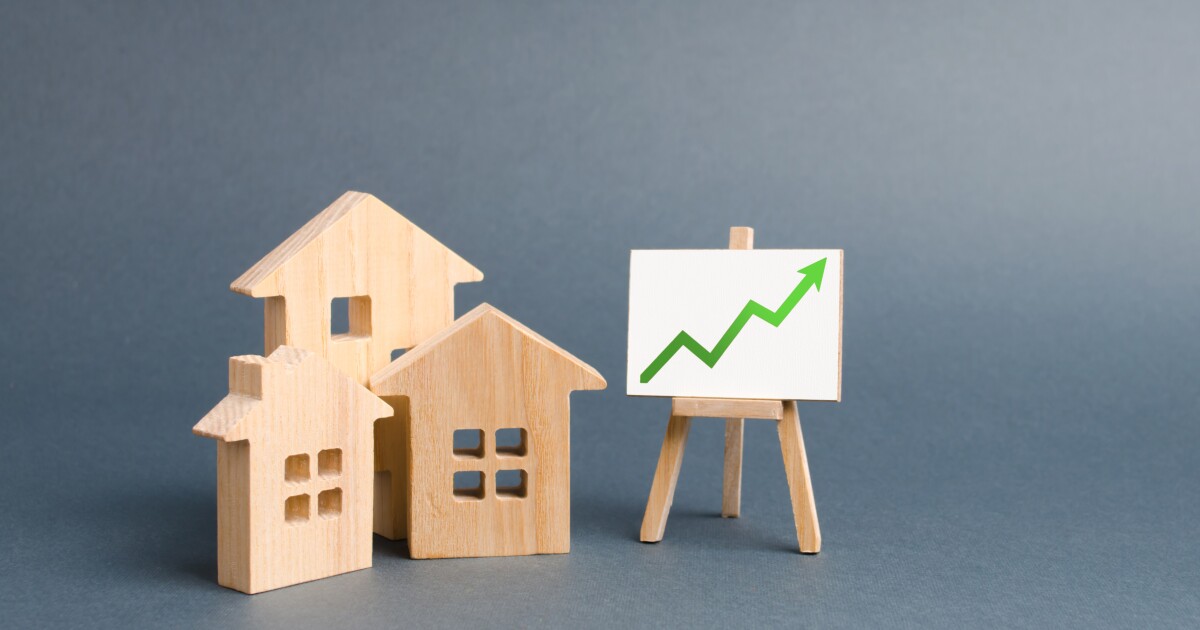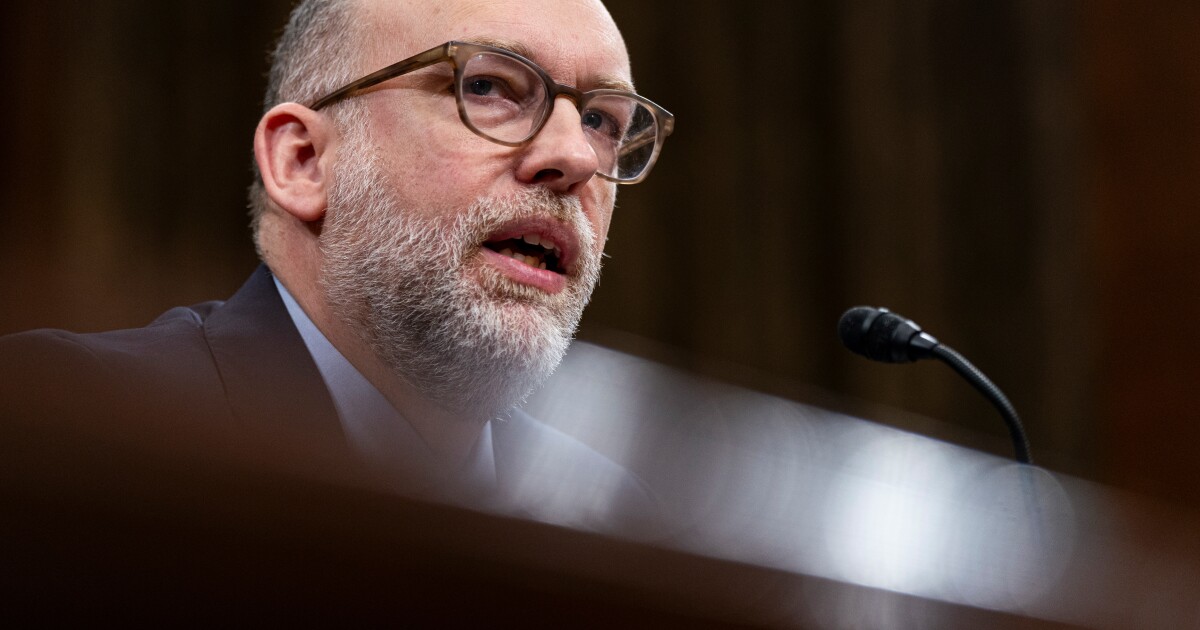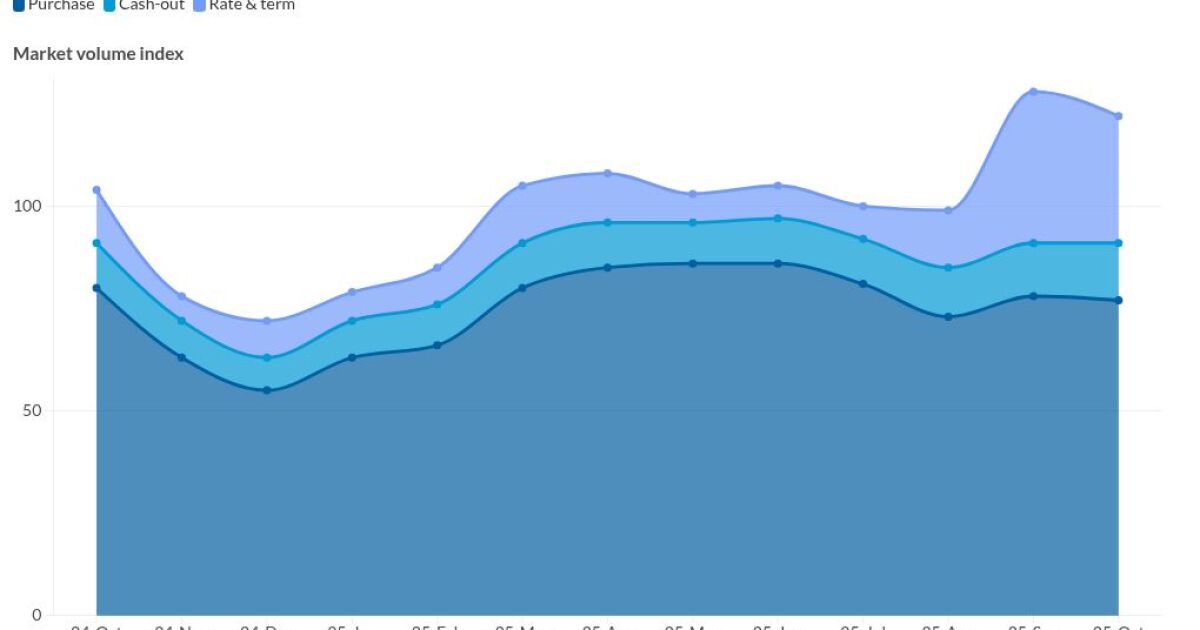
The contingent of non-owner-occupied homebuyers with a confident six-month market outlook has gotten a lot larger since spring.
The share of residential property buyers that put themselves in the most optimistic category jumped notably to 17.9% from just 4.6% in the latest edition of a survey published by lender RCN Capital and industry consultancy CJ Patrick.
RCN finances investors in fix-and-flip and rental properties, and buyers in the former category have been increasingly the more optimistic of the two.
Half of flippers think the market will be "much better" in the next six months, compared to 24% of rental real-estate buyers. That's up from 38% and 19%, respectively, in the spring survey.
The substantial increase in the percentage of high-confidence buyers and flippers in this survey, combined with other data showing improvement in the latter's returns after a drop to multiyear lows last year suggest there is an intensifying rebound in this market.
"Fortunes for investors who flip homes for quick profits are showing more signs of turning around," Rob Barber, CEO at property data curator Attom, in a separate press release issued late last month.
However, through the second quarter, that turnaround was short term and modest, suggesting respondents to the more recent survey from RCN either have seen more marked improvement since then or are overly optimistic.
"The latest investment returns may not be substantial enough to cover the holding costs on typical deals," Barber warned in the Attom report.
The difference between the median amounts paid for purchases and resales was $66,500 during that period. While this was up from $56,250 in the first quarter, it was down from $102,063 a year earlier.
On a return-on-investment basis, flippers generated a gross profit of 27.5% during the second quarter, representing an increase from 22% the previous quarter but below 29% a year earlier. At the market's peak during the second quarter 2021, they could produce a median 61% profit.
The third quarter will be a real test for whether the turnaround in home flipping returns will have legs, according to Barber.
"Much will depend on whether the second-quarter market surge keeps going or whether it retreats again like it did last year," he said.
While the surge in RCN survey respondents who think the next six months will be "much better" and a general shift toward more optimism suggests the turnaround in flipping prospects will persist at least that long, some ambivalence persists in that study.
While around 44% of respondents think the market will be much better or generally improved going forward, nearly one-third expect more of the same over the next six months. A little over 18% anticipate things getting worse. Another 7% are betting conditions will get "much worse."
Flips represented 8% of home sales in the second quarter, Attom found, and other studies suggest that they and, together with other investors, exert a fair amount of influence over the broader housing market.
Investor purchases accounted for more than 25% of sales in the single-family market in June, CoreLogic found in a recent study.



